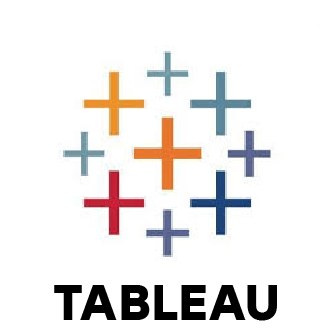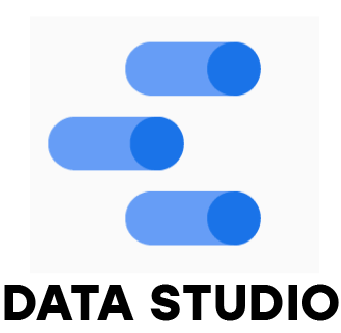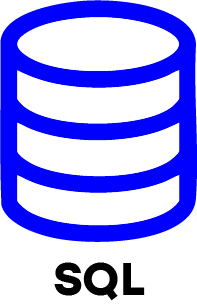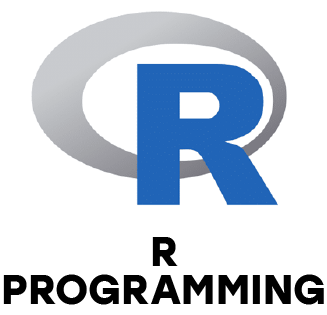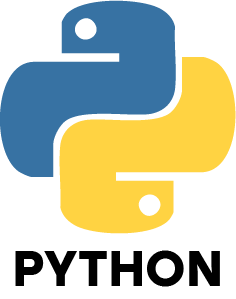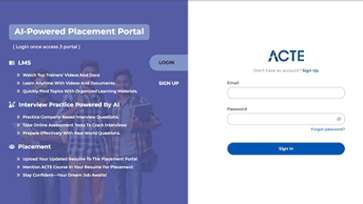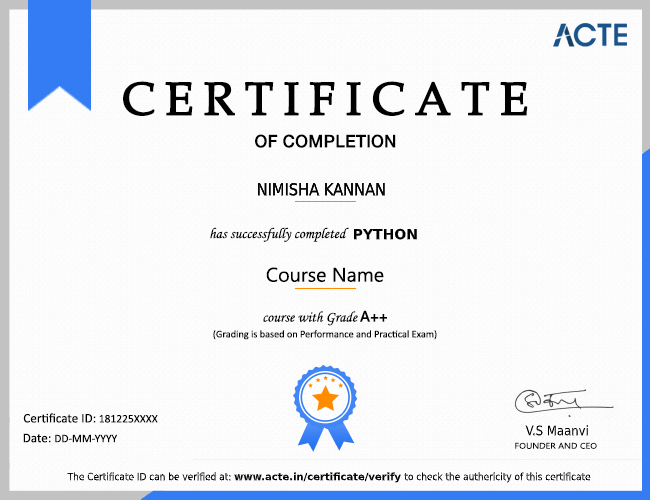Data Analytics course in India provides an overview of the various techniques for facilitating data analytics on large datasets. Learners will evaluate the use of these technologies, which provide scalable systems for storing and processing massive amounts of data. This module teaches students how to analyze structured and unstructured data, build advanced prediction models using machine learning algorithms, and visualize data. The Big Data Analytics course is ideal for professionals seeking in-depth knowledge of Big Data frameworks.
The Hadoop Distributed File System (HDFS), MapReduce, YARN, and the fundamentals of Linux OS will be covered during the three-month Big Data Analytics training in Chennai. Students will learn how to process and analyze large datasets stored in HDFS using Pig, Hive, Python, and Scala, as well as how to migrate data from a relational database management system to a Big Data system using Sqoop. They will also learn about various black-box techniques such as Neural Networks and SVM. The course is jam-packed with practical case studies that teach participants how to solve complex business problems and increase profitability in their businesses.
Additional Info
Introduction:
This course provides a gentle introduction to data analysis concepts, the role of a Data Analyst, and the tools used to perform daily functions. You will learn about the data ecosystem and the fundamentals of data analysis, such as data collection and data mining. You will then learn the soft skills required to effectively communicate your data to stakeholders, as well as how mastering these skills can allow you to become a data-driven decision maker.This course will teach you how to tell the difference between a Data Analyst, a Data Scientist, and a Data Engineer.
You will learn about the duties of a Data Analyst and what data analysis entails. You will be able to sum up the data ecosystem, including databases and data warehouses. You will then learn about the major vendors in the data ecosystem and investigate the various tools available on-premise and in the cloud. Continue on this exciting journey and learn about Big Data platforms like Hadoop, Hive, and Spark.By the end of this course, you will be able to visualise a Data Analyst's daily life, understand the various career paths available for data analytics, and identify the numerous resources available for mastering this profession.
This course will teach you the fundamentals of data analysis.You will begin to investigate the fundamentals of data collection and how to identify your data sources. You will then learn how to use visualisations and dashboard tools to clean, analyse, and share your data. This all comes together in the final project, which will put your knowledge of the course material to the test, explore what it means to be a Data Analyst, and provide a real-world data analysis scenario.
Roles and Responsibilities:
The determination of the Organization's Goal is one of the first and most important roles of a Data Analyst. This entails collaborating with:
Data Mining:
- Data mining is a process that uses mathematical and computational algorithms to structure raw data and formulate or recognise various patterns in the data.
- It aids in the generation of new data and the discovery of new insights.
- Data analysts are frequently required to mine or collect data.
- One of the most important roles of any Data Analyst is to obtain data from the company database or to extract it from external sources in order to conduct research.
Cleaning Data:
- Data cleansing is the process of analysing, identifying, and correcting messy, raw data and is the first step in the overall data preparation process.
- Data Analysts must begin with a thorough data cleansing process when analysing organisational data to make strategic decisions.
- It's as simple as that: good analysis is built on clean data.
- Cleaning entails either removing data that could skew your analysis or standardising your data into a single format.
Data Analysis:
- Needless to say, this is an essential role for any Data Analyst.
- Data analytics is the art of extracting facts from data in order to answer a specific question.
- It is the process of examining each component of the data provided using analytical and logical reasoning.
- To analyse and interpret data, statistical tools are used.
Upkeep of Databases and Data Systems:
- Data analysts must ensure that the storage, availability, and coherence of electronically stored data meet the needs of the organisation.
- To make the best use of data, analysts must have technical knowledge of data models, database design, and development.
Creating Clear Visualizations for Reports:
- Reporting is the process of converting raw data into information.
- Reporting enables businesses to monitor their online operations and be alerted when data falls outside of expected ranges.
- End users should have questions about the business after reading good reporting.
- It is critical to be able to tell a compelling storey with data in order to get your point across and keep your audience engaged.
- As a result, data visualisation can have a make-or-break effect on the impact of your data.
- Analysts present their findings in a clear and concise manner by using eye-catching, high-quality charts and graphs.
Career path of Data Analytics Course:
- Analyzes business-specific data as a business analyst.
- Management reporting: provides management with data analytics on business functions.
- Corporate strategy analyst: this position will be responsible for analysing company-wide data and advising management on strategic direction.
- This position may also be concerned with mergers and acquisitions.
- Compensation and benefits analyst: a person who analyses employee compensation and benefits data as part of a human resources department.
- A budget analyst is someone who focuses on the analysis and reporting of a specific budget.
- Insurance underwriting analyst: analyses individual, company, and industry data to make insurance plan decisions.
- Actuary: an individual who studies mortality, accident, sickness, disability, and retirement rates in order to create probability tables, risk forecasting, and liability planning for insurance companies.
- Sales analytics is concerned with sales data that aids in the support, improvement, or optimization of the sales process.
- Web analytics: comprehensively analyses a dashboard of analytics centred on a specific page, topic focus, or website.
- Fraud analytics is the monitoring and analysis of fraud data.
- Credit analytics: There is a high demand for analytics and information science in the credit market, particularly in credit reporting, credit monitoring, lending risk, lending approvals, and lending analysis.
- Business product analyst: focuses on analysing a product's attributes and characteristics, as well as advising management on the optimal pricing of a product based on market factors.
- Social media data analyst: data is used by social media platforms and growing tech companies to build, monitor, and advance the technology and offerings that they rely on.
- Analyst for machine learning: machine learning is a new technology that involves programming and feeding machines to make cognitive decisions.
- Machine learning analysts may work on a variety of tasks such as data preparation, data feeds, result analysis, and more.
Advantages:
1. Being proactive and anticipating needs:
- Organizations are under increasing competitive pressure to not only acquire customers, but also to understand their customers' needs in order to optimise customer experience and develop long-term relationships.
- Customers expect companies to know them, form relevant interactions, and provide a seamless experience across all touch points by sharing their data and allowing relaxed privacy in its use.
- As a result, businesses must capture and reconcile multiple customer identifiers, such as cell phone, email, and address, into a single customer ID. Customers are increasingly interacting with businesses through multiple channels.
2. Risk and Fraud Mitigation:
- The goal of security and fraud analytics is to keep all physical, financial, and intellectual assets safe from internal and external threats.
- Efficient data and analytics capabilities will deliver optimal levels of fraud prevention and overall organisational security: deterrence necessitates mechanisms that allow businesses to quickly detect potentially fraudulent activity and predict future activity, as well as identify and track perpetrators.
- The use of statistical, network, path, and big data methodologies for predictive fraud propensity models that result in alerts will ensure timely responses triggered by real-time threat detection processes and automated alerts.
- Data management, in conjunction with efficient and transparent reporting of fraud incidents, will lead to improved fraud risk management processes.
3. Providing Products That Are Relevant:
- Products are the lifeblood of any organisation, and they are frequently the largest investments that companies make. The role of the product management team is to identify trends that will drive the strategic roadmap for innovation, new features, and services.
- Effective data collection from third-party sources where individuals publicise their thoughts and opinions, combined with analytics, will assist companies in remaining competitive when demand changes or new technology is developed, as well as in anticipating what the market demands to provide.
4. Individualization & Service:
- Companies are still struggling with structured data and must be extremely responsive to deal with the volatility created by today's customers engaging with digital technologies.
- Only through advanced analytics will you be able to respond in real time and make the customer feel personally valued.
- Big data allows for interactions to be based on the customer's personality, by understanding their attitudes and taking factors such as real-time location into account to help deliver personalisation in a multi-channel service environment.
5. Reporting with Clear Visualizations:
- Reporting is the process of converting raw data into information. Reporting enables businesses to monitor their online operations and be alerted when data falls outside of expected ranges. Good reporting should raise questions5. Improving and Optimizing the Customer Experience.
- Poor operations management can and will result in a slew of costly issues, including a significant risk of harming the customer experience and, ultimately, brand loyalty. Using analytics to design, control, and optimise business operations in the production of goods or services ensures efficiency and effectiveness in meeting customer expectations and achieving operational goals.
- Advanced analytical techniques can be used to improve field operations productivity and efficiency, as well as to optimise an organization's workforce based on business requirements and customer demand.
- Maximum data and analytics utilisation will also ensure that continuous improvements are implemented on an ongoing basis as a result of an end-to-end view and measurement of key operational metrics.
Skills Covered in Data Analytics Course:
Structured Query Language:
- SQL, or Structured Query Language, is the industry-standard database language and may be the most important skill for data analysts to have.
- The language is frequently referred to as the "graduated" version of Excel because it can handle large datasets that Excel cannot.
- Almost every organisation requires someone who understands SQL, whether to manage and store data, connect multiple databases (such as those used by Amazon to recommend products you might be interested in), or build or change database structures entirely.
- Thousands of job postings for SQL skills are posted each month, and the median salary for someone with advanced SQL skills is well over $75,000.
Using Microsoft Excel:
- The first thing that comes to mind when you think of Excel is probably a spreadsheet, but this tool has a lot more analysis power under the hood.
- While a programming language such as R or Python is better suited to dealing with large data sets, advanced Excel methods such as writing Macros and using VBA lookups are still widely used for smaller lifts and lighter, faster analytics.
Analytical Thinking:
- Using data to find answers to your questions requires determining what to ask in the first place, which can be difficult at times.
- To be a successful analyst, you must think like an analyst. A data analyst's job is to find and synthesise connections that aren't always obvious.
- While some of this ability is innate, there are a few tips you can try to help improve your critical thinking skills.
- For example, rather than getting carried away with an explanation that is more complex than necessary, asking yourself basic questions about the problem at hand can help you stay grounded when looking for a solution.
Statistical Programming with R or Python:
- R or Python can do anything Excel can do better—and ten times faster. R and Python, like SQL, can handle what Excel cannot.
- They are robust statistical programming languages that are used to perform advanced analyses and predictive analytics on large data sets.
- They're also both industry standards. To be a true data analyst, you must go beyond SQL and master at least one of these languages.
- So, which should you study? Both R and Python are open source and free, and employers typically don't care which they use as long as their employees' analyses are accurate.
Tools in India Data Analytics Training:
- Python and R.
- Excel by Microsoft.
- Tableau.
- RapidMiner.
- KNIME.
- Using Power BI.
- Spark by Apache.
- QlikView.
- Talend.
- Splunk.
Payscale:
1. In the United States, the average entry-level business/data analyst salary with two years of experience and a bachelor's degree is $54,000, rising to $70,000 with two to four years of experience.
2. A senior analyst with more than 6 years of experience typically commands a higher salary of around $88,000, but specialisation in the field can increase the salary to as much as $100,000.





